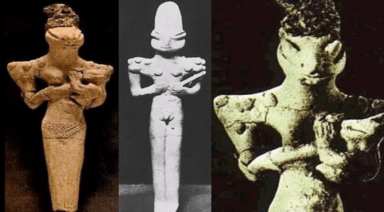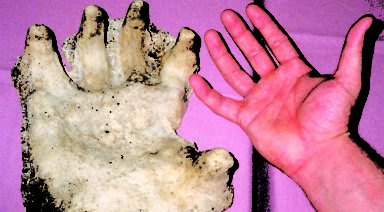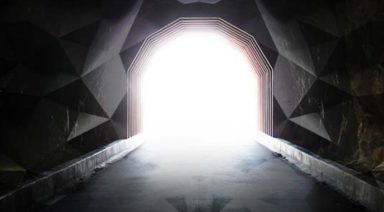When Will We Advance to a Type 1 Civilization on the Kardashev Scale?
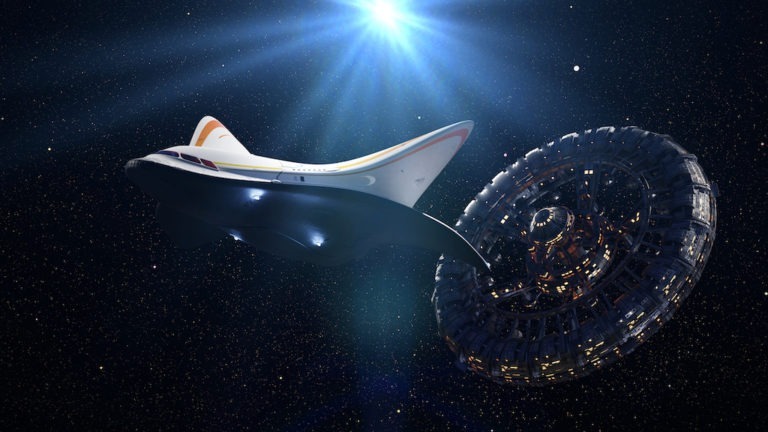
What is the Kardashev Civilization Scale?
The Kardashev Civilization scale is a hypothetical scale by which civilizations advance technologically, measured by the methods and quantities of energy they are able to harvest. Currently, we fall somewhere between a Type 0 and Type 1 Civilization on the scale.
What is a Type 0 Civilization?
A Type 0 civilization is one that has yet to harness all of the energy output of its planet. This type of civilization is still in the process of utilizing unsustainable energy sources like fossil fuels.
What is a Type 1 Civilization?
A Type 1 Civilization on the Kardashev scale can harness and store all of the energy from its home planet. We haven’t quite achieved this level yet, but it is believed we will probably reach it soon. Many consider humans to be somewhere around .07 or .08 on the scale.
Nikolai Kardashev’s Theory
We like to believe our society is technologically advanced, we’ve mastered our environment and we’re progressing forward exponentially. And while Moore’s Law is holding up with the rate at which computing power has advanced, we barely rank on the Kardashev scale.
And yes, this scale is hypothetical, but it is plausible if we are to consider how we might inevitably ascend to the next level. That’s why Nikolai Kardashev devised his eponymous scale, ranking civilizations primarily on the ways in which they harness energy. And from there it goes on to assume a number of other intriguing possibilities.
Kardashev is a Russian astrophysicist, who developed this thought experiment in 1964. And though we haven’t quite reached the first level on his scale, we are a relatively new civilization by his standards. The amount of time required to reach his successive stages often requires millions and sometimes even billions of years. If a civilization can survive long enough to ascend one level without self-destructing, its chances dramatically improve in continuing to further levels.
-
Type 0 Civilization
We’re currently considered a sub-global civilization, technically Type 0, but on our way to Type one. We’re in the process of finding a large source of sustainable energy, though we still depend on crude, organic sources of fuel, including wood, coal and oil. We also use this type of fuel for chemical propulsion in our rockets, making space travel slow and difficult. We are confined to our home planet and struggle with ecological issues, such as natural disasters and climate change. But the good news is that physicists like Michio Kaku believe we’re on the precipice of advancing, potentially within the next century.
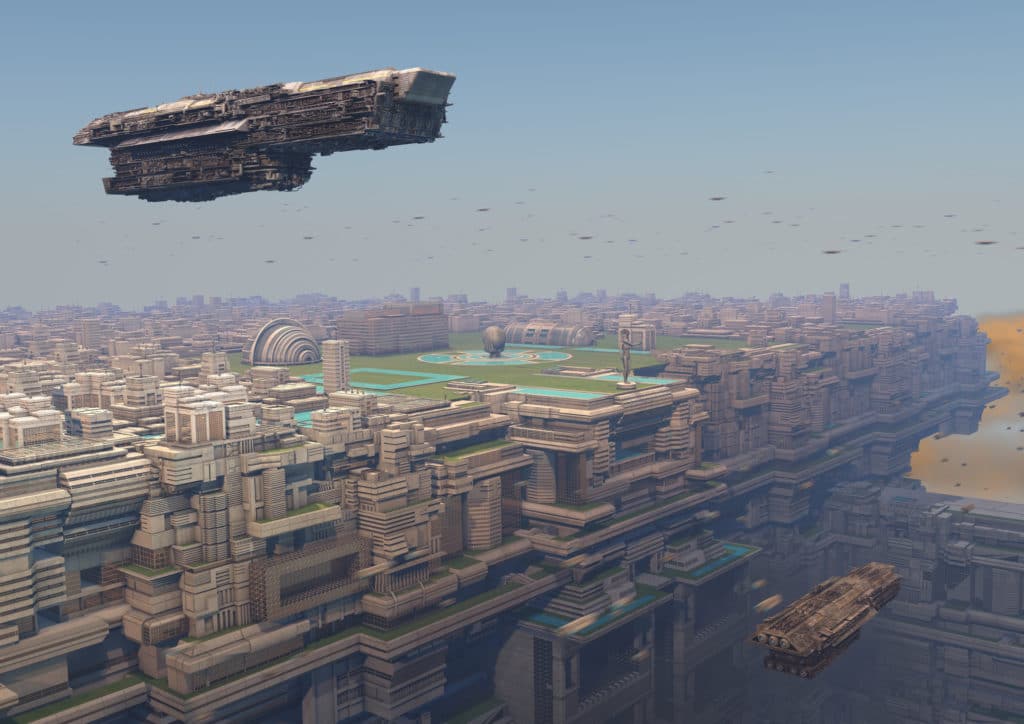
-
Type 1 Stellar Civilization
A stellar civilization is a few thousand years more advanced than we are. This level of society would be able to harness all energy from its local star. This is where things start to get interesting and technology of this proportion becomes harder to fathom. A theoretical model that parallels Kardashev’s scale comes from Freeman Dyson, who conceived of the Dyson sphere. He formulated his theory in a paper titled, Search for Artificial Stellar Sources of Infrared Radiation, proposing a search for infrared radiation which could potentially be seen in civilizations harnessing the energy of their star with a Dyson Sphere.
Dyson theorized a progression of levels in which a civilization could start to extract energy from its star ranging from a swarm of satellites to an actual spherical structure hovering around the star that could be inhabited. This method of extracting energy from a star in a controlled manner is called star lifting.
Civilizations of this stature would essentially have reached the level of immortality because they would have the ability to move planets and other astronomical bodies within its solar system. Imagine if we had the ability to block an inbound asteroid by moving Mars into its path.
-
Type 2 Galactic Civilization
Civilizations of this magnitude look very much like those in Star Wars. These civilizations would have the ability to harness the energy of any star in its galaxy, translating to roughly 10 billion times the energy harnessed by a level 2 civilization. At this point, a civilization this advanced would be essentially immune to extinction, barring some sort of universal catastrophe.
The inhabitants of a civilization this far advanced would most likely be cyborgs or fully artificial. The capabilities of a society that could harness such copious amounts of energy would be astounding. This civilization could possibly even create their own stars, merge stars or capture energy from gamma rays and quasars.
Galactic civilizations would likely be reaching a point, if it hadn’t already, where black holes at the center of galaxies would be considered as a potential resource. After draining the energy of billions of stars, these civilizations acting almost like black holes themselves, would potentially tap into energy released by supermassive singularities.
This is where Kardashev’s scale ends. It’s hard enough to perceive of a civilization capable of harnessing the luminosity of an entire galaxy. However, some have continued the extent of his scale to conceive of grander civilizations that sci-fi has rarely, if ever, delved into.
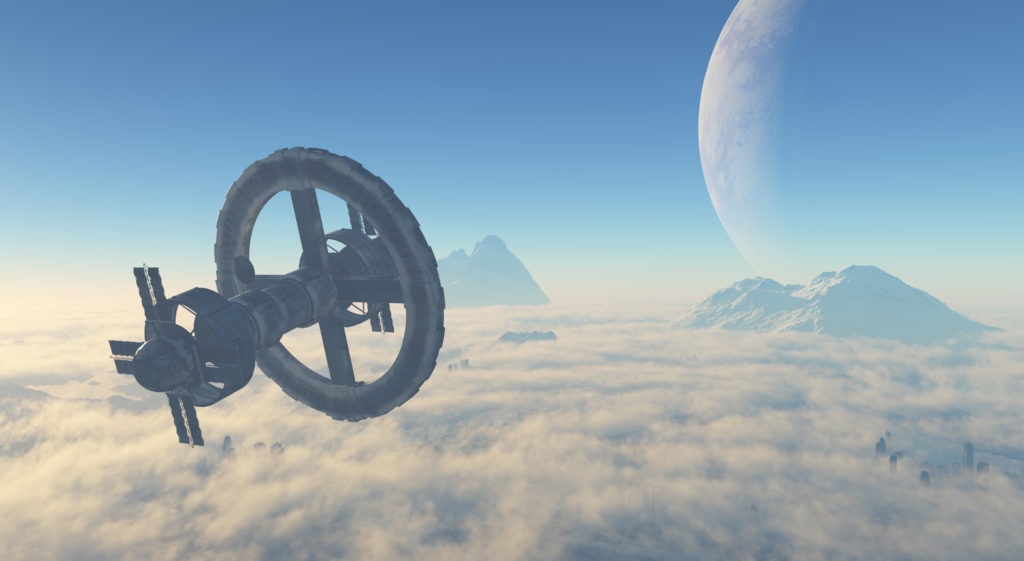
-
Type 3 Universal Civilization
Hence the name, these civilizations would span the entirety of a universe. While galactic civilizations seem farfetched, this level seems pretty abstract. The capabilities of this culture could be within the purview of manipulating space-time, or slowing entropy to immortalize themselves. These beings could likely harness dark energy and potentially live at the event horizon of a black hole.

-
Type 4 Multiverse Civilization
If there are multiple universes, there may exist beings who have the ability to travel between them. These beings would have a comprehension of different levels of matter, physics and space-time than we could ever comprehend, unless of course we reach their hypothetical level in billions of years.
-
And Beyond…
Where does it end? Beings in further civilizations would have the ability to create multiple universes, a multiverse. Those who are not adamantly atheist might refer this as God, but beyond the original Kardashev scale all these civilizations are pretty godlike.
Some physicists currently rank us at about a 0.73 on the scale with the likelihood of advancement to level 1 occurring within 100-200 years. One of the biggest hurdles a civilization faces in order to progress on Kardashev’s scale is to create a Dyson Sphere or some equivalent. While a structure of this magnitude is hard to conceive, he imagined its precursor to consist of a web of satellites. With NASA sending a probe closer to the sun than ever before, we are inching closer to a day when a Dyson Sphere or some iteration might be feasible and we start our ascent to the next level on Kardashev’s scale.
The Ubaid Lizardmen Figurines; Reptilians in Ancient Sumer

By now, the idea of reptilian humanoids sharing this planet with us is nothing new, especially to those in the world of ufology and alien conspiracy. And if we look closer at what is being uncovered at ancient archaeological digs, it has become evident to many that signs of an ancient reptilian race may be right in front of our noses.
A recent discovery at the Al Ubaid archaeological site, where many pre-Sumerian 7,000-year-old artifacts were found, depict humanoid figures with lizard-like characteristics. Now interested parties are left wondering whether these are images of mythical figures or actual beings who still live among us.
Evidence from Sumerian Statues of the Distant Past
The Ubaid period is a prehistoric era particular to Mesopotamia that falls sometime between 5500 and 4000 BCE. The period is much older than historians have accepted as the beginning of civilization associated with ancient Sumer. Sumerians are considered by academics to be the creators of civilization (4500 to 4000 BCE).
The name “Ubaid” comes from Tell al-‘Ubaid, the location of the earliest excavation of ancient material discovered in what is now modern-day Iraq. According to the Metropolitan Museum of Art, the people of the region left behind “baked clay figurines, mainly female, decorated with painted or appliqué ornament and lizardlike heads,” all of which have been found at a number of Ubaid sites.


